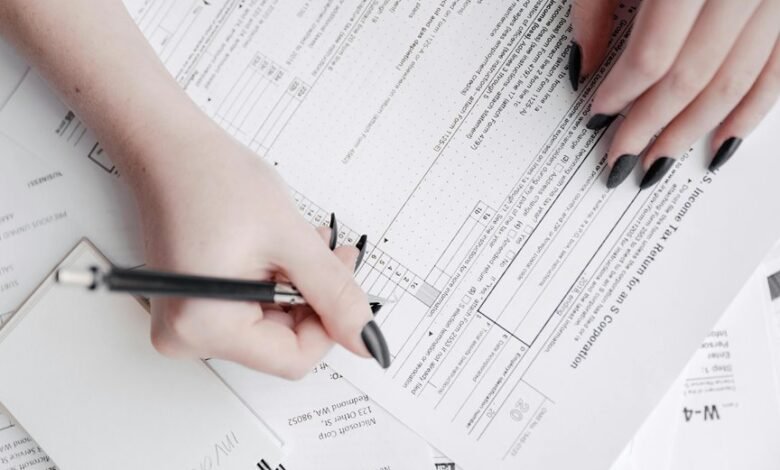Call Verification Records: 2565103546, 2565405066, 2565488647, 2565675872, 2566156921, 2566296248

Call verification records, such as those linked to numbers 2565103546 and 2565405066, serve as essential tools in maintaining accountability within communication networks. These records not only provide clear trails of interactions but also support organizations in regulatory compliance and dispute resolution. As fraud and spam continue to threaten communication integrity, understanding the mechanisms behind these verification processes becomes crucial for both organizations and individuals alike. What implications do these records hold for future communication practices?
The Importance of Call Verification Records
Although often overlooked, call verification records play a crucial role in ensuring accountability and transparency within communication systems.
They enhance call security by providing a verifiable trail of interactions, essential for auditing and compliance.
Effective record retention practices safeguard these records, enabling organizations to maintain integrity and address disputes.
Thus, these records are vital for fostering trust and maintaining freedom in communication.
How Call Verification Works
Call verification operates through a systematic process designed to authenticate and document communication exchanges.
Various call authentication methods are employed to ensure the legitimacy of callers, utilizing advanced technology for effective verification processes.
These mechanisms assess caller identity and intent, fostering trust in telecommunication.
Protecting Yourself From Fraud and Spam
How can individuals effectively safeguard themselves against the pervasive threats of fraud and spam in telecommunications?
Implementing robust fraud prevention strategies, such as utilizing call-blocking applications and enabling spam detection features, is essential.
Additionally, educating oneself about phishing techniques and suspicious caller behaviors enhances awareness.
Conclusion
In conclusion, call verification records serve as a digital fingerprint, uniquely identifying and confirming each communication interaction. By systematically maintaining these records, organizations not only enhance transparency but also fortify their defenses against fraudulent activities and spam. As communication systems evolve, the significance of these records becomes increasingly apparent, ensuring accountability and trust among users. Ultimately, safeguarding call verification records is essential for compliance and the overall integrity of communication infrastructures in a rapidly changing landscape.






